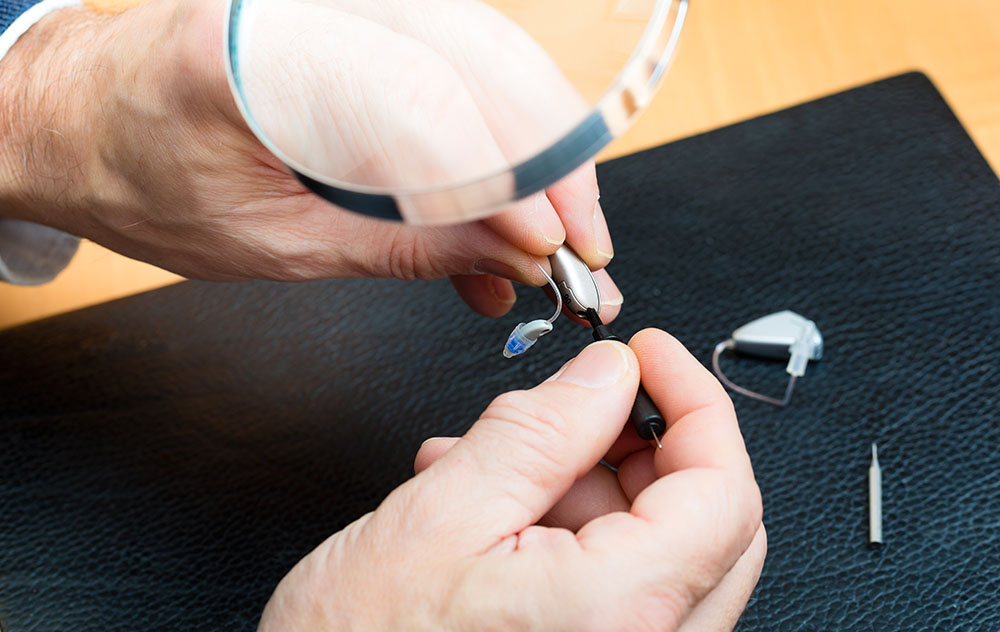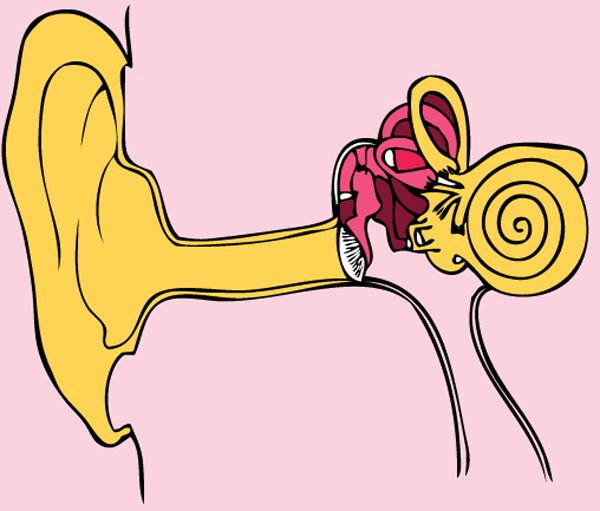3 Signs You Need to See a Hearing Professional
Many people with hearing impairment may not realize it for a long time
We’re Hiring! Click Here to Learn More About Our Career Opportunities →


Many people with hearing impairment may not realize it for a long time

Earwax is a natural substance that helps protect the ear canal from

Presbycusis, also known as age-related hearing loss, is a gradual decline